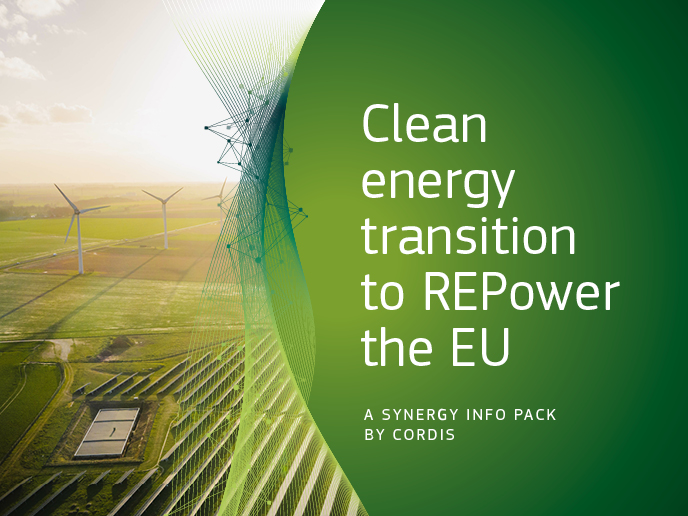Assessing the risks of climate change
Although the Paris Agreement committed countries to limiting global warming ‘well below 2 degrees’, emissions cuts pledged so far are not yet deep enough to achieve this. But what will such a warmer world actually look like? What impacts do we wish to avoid, and what we will need to adapt to? There are a multitude of climate change impact projections, and while they have many common messages, they also differ greatly in many important details. Within this context, it is easy to become overwhelmed. To help, the EU-funded HELIX project is assisting decision-makers and the research community by making adapting to our changing climate both more understandable and manageable. To accomplish this, project researchers are developing a set of credible, coherent global and regional scenarios of what one can expect in a world where the temperature continues to rise. A key aim is to explain to policymakers that a range of outcomes are possible, allowing them assess risks accordingly. From two to six via 1.5 As a base, the project started by looking at the impact of climate change above 2°C global warming. ‘It is widely recognised that we are still on a trajectory of greenhouse gas emissions that will probably take us above this level within the next few decades,’ says HELIX project coordinator Richard Betts. ‘For this reason, the HELIX project is looking at what the climate may look like – both globally and regionally – at this level of climate change.’ Looking at the world as a whole, with a particular focus on Europe, Africa and South Asia, the researchers are studying the physical impacts that climate change could have, including flood risks, drought, ecosystems and biodiversity. They are also looking at how rising temperatures could impact humans, from our health and the well-being of our economies to such issues as migration and security. ‘We don’t pretend to be able to predict the future, but we want to be able to look at a range of plausible climate change scenarios consistent with global warming at 2°C and 4°C, and even 6°C,’ says Betts. Halfway through the project, an extra requirement became clear. As the Paris Agreement included an increased ambition of limiting warming as close as possible to 1.5°C, HELIX was asked to look at impacts at this level too, to see what could be achieved by avoiding even 2°C. Increased flood risks For example, according to one area of HELIX research that looked specifically at flood risk and economic damage, if global temperatures rise by 4°C, the flood risk in countries representing more than 70 % of the global population and global GDP could increase by more than 500 %. In the case of a 2°C temperature increase, both the affected population and the related flood damages could rise by 170 % compared to present levels. And even under the most optimistic scenario of a 1.5°C temperature increase, it’s estimated that the flood-affected population would still double, with flood damages increasing by 12 %. The HELIX team made this projection by analysing a selection of high-resolution climate projections and simulations, along with the frequency and magnitude of river floods and their expected impacts under future scenarios. The result is essentially a global assessment of the economic costs and the populations affected by river flooding under different global warming scenarios. Informing mitigation and adaptation HELIX researchers hope that their results will be kept in mind by policymakers as they follow up on the Paris Agreement. However, they stress that this is a matter of risk assessment and one shouldn’t expect to be able to act on firm prediction. ‘This is an estimate based on current understanding, not a prediction,’ explains Betts. ‘There are of course large uncertainties, but it gives an idea of the kind of impact we might be looking at if we do not avoid these levels of warming or do not adapt to the changing climate.’







